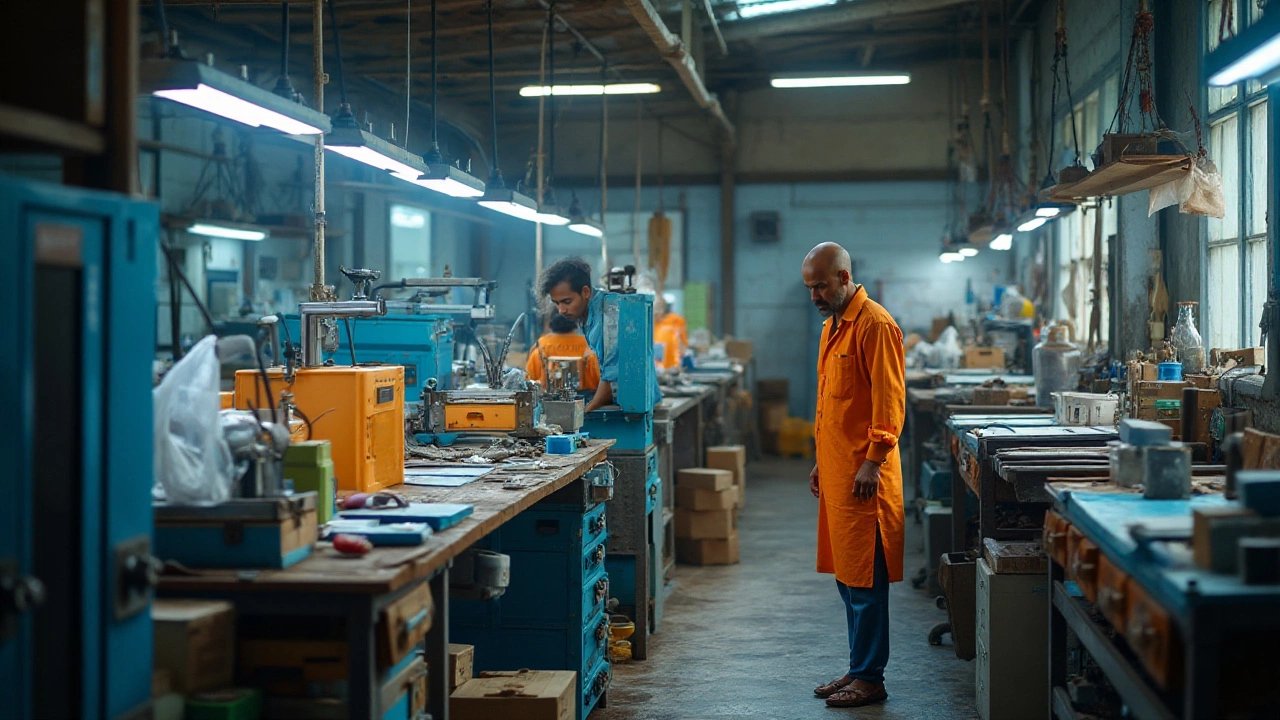Revenue Insights: What Drives Money in Indian Industry
When talking about revenue, the total income a business earns before any expenses are deducted. It’s also called sales income and sits at the heart of every factory, farm, or service. Understanding revenue helps you see why some sectors grow fast while others stall.
One major slice of the picture is manufacturing revenue, the money generated from producing goods like steel, plastics, and textiles. This stream depends on production volume, export demand, and technology upgrades. For example, the rise of recycled plastics has boosted manufacturing revenue for companies that adopt rPET and rHDPE. The link is clear: higher revenue lets firms invest in new equipment, which in turn lifts output and profit.
Another crucial thread is agricultural revenue, the earnings farmers collect from crops such as rice, cotton, and vegetables. Seasonal weather, soil health, and market prices dictate how much money lands in a farmer’s pocket. When agricultural revenue spikes, rural economies see more jobs and better infrastructure, feeding back into overall national growth.
Revenue alone doesn’t tell the whole story; it feeds directly into profit, the amount left after costs like labor, raw material, and energy are subtracted. A company might have big revenue numbers, but if operating costs soar, profit stays thin. Understanding the revenue‑profit relationship is key for anyone eyeing high‑paying factory jobs or planning a new agribusiness.
Closely tied to both revenue and profit is sales, the act of selling products or services to customers. Strong sales pipelines drive revenue growth, while weak sales can stall even the most efficient production lines. In 2025, plastic manufacturers saw sales dip in Europe but rose in Asia, reshaping where revenue streams flow.
Connecting Revenue to Real‑World Impact
When revenue expands, factories often hire more workers, raising local employment and boosting household incomes. That’s why reports on the highest‑paying factory jobs in the UK stress revenue growth in sectors like advanced engineering and electric vehicle assembly. Higher revenue also means more tax for governments, which can fund infrastructure projects that benefit both manufacturers and farmers.
On the agricultural side, rising revenue from high‑value crops such as organic rice or specialty flowers fuels investment in better irrigation and seed technology. Farmers who see a clear revenue path are more likely to adopt no‑till methods or drip‑irrigation, which in turn protect soil health and increase future yields.
All these pieces—manufacturing revenue, agricultural revenue, profit, sales, and job creation—form a web where each element influences the others. Recognizing these connections equips you to read market reports, pick a lucrative career, or plan a sustainable farm. Below you’ll find articles that dive deep into each of these topics, from container garden watering tips that affect farm‑level water use, to the plastics in demand in 2025, and the real pay ranges for factory roles. Use the insights to see how revenue shapes the Indian economy today and tomorrow.
What Food Item Rakes in the Most Profit?
In the food processing industry, maximizing profit hinges on understanding which food items generate the most revenue. Surprisingly, the item that comes out on top isn't always what one might expect. From snack foods to quick meals, the key is often in the processing, packaging, and marketing. Let's delve into some of the most profitable food items and discover what makes them so lucrative.
- manufacturing
- India
- food processing
- garden tips
- rice cultivation
- government schemes
- balcony garden
- urban gardening
- balcony gardening
- profitable business
- business ideas
- plastic manufacturing
- drip irrigation
- plant care
- steel manufacturing
- sustainable gardening
- startup ideas
- steel industry
- flower gardening
- textile manufacturers






